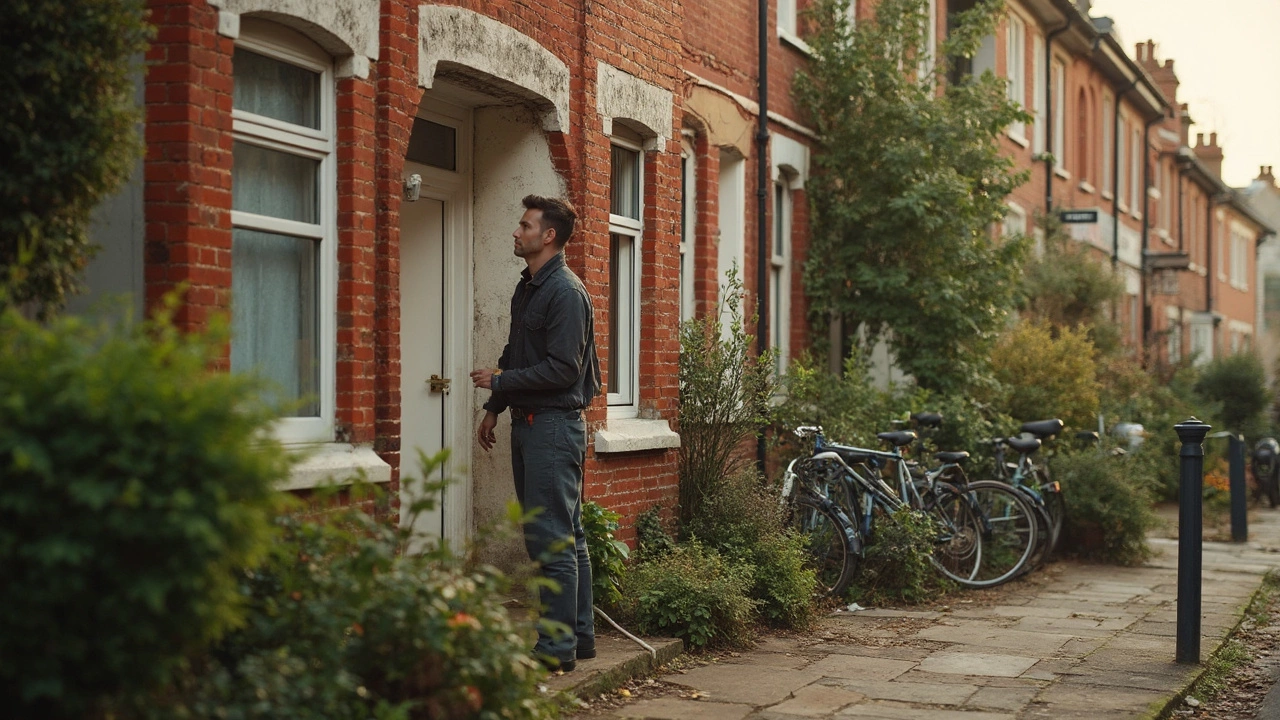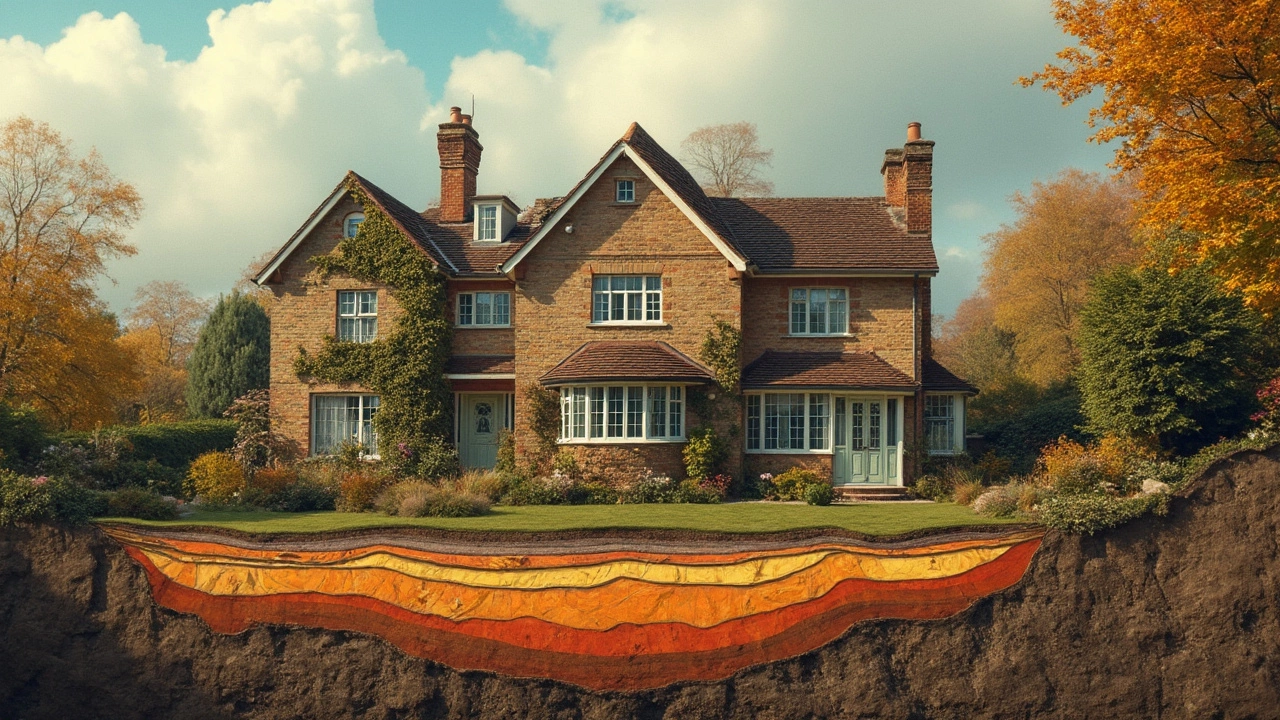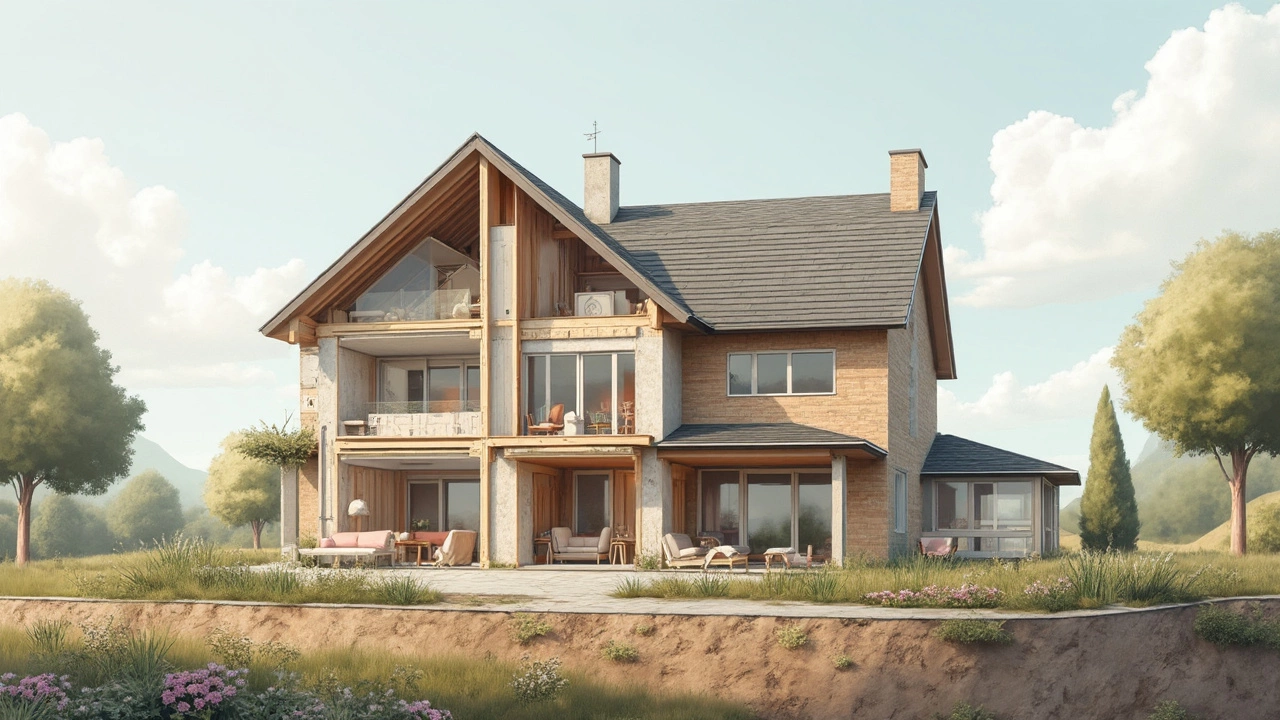House Settling Explained – Spot Problems Early and Protect Your Garage Door
Ever notice cracks in your walls or a tilt in your garage door? That’s often a sign of house settling. It happens when the ground beneath your home shifts or compresses, causing the structure to move. While a little movement is normal, too much can damage walls, floors, and especially garage doors that rely on a level frame.
How to Spot House Settling Early
The first clue is a new crack that looks like a hairline line on plaster or brick. If the crack is diagonal or wider at the top, it’s likely settling. Check doors and windows – do they stick or won’t close properly? A garage door that seems off‑center or drags on the floor is a red flag. Look at the foundation itself: any gaps between the concrete and the soil, or water pooling, could mean the ground is moving.
Another easy test is to place a level on the floor near the garage door. If the bubble leans to one side, the floor isn’t level. That uneven surface can stress the door’s hinges and tracks, leading to early wear. Catching these signs early saves you from costly repairs later.
Fixing Settling Issues and Protecting Your Garage Door
First, address the source. If soil moisture is the culprit, improve drainage around the house. Install gutters, extend downspouts, and grade the yard so water flows away from the foundation. For more serious movement, you may need underpinning – a professional method that adds support beneath the foundation.
Once the foundation is stable, turn to the garage door. Realign the tracks, tighten bolts, and replace any warped sections. If the door still feels uneven, a new level frame can be installed by a garage door specialist. At Premium Garage Door Construction & Services UK we can assess the door, correct alignment, and reinforce the mounting points to handle any residual movement.
Regular maintenance helps, too. Lubricate hinges and rollers every few months, and tighten any loose screws. A well‑maintained door can tolerate minor shifts without breaking.
Remember, house settling isn’t always a disaster. Small movements are part of how homes adapt to the earth. The key is to stay vigilant, fix drainage issues, and keep your garage door in good shape. With a quick check and the right professional help, you can keep your home safe, stable, and looking great.

Are Cracks in a 100 Year Old House Normal? Expert Guide to Old Home Cracks
Jun 26, 2025, Posted by Damon Blackwood
Wondering if cracks in your 100 year old house are normal? Learn what's common, what's a red flag, and discover practical tips to maintain your vintage home.
MORE
Can a House Still Settle After 20 Years? Uncovering the Truth
Feb 21, 2025, Posted by Damon Blackwood
Many homeowners might think their house is immune to settling after two decades, but surprise might be lurking beneath the surface. This article explores whether homes can continue to settle after twenty years, revealing the factors that influence this process and offering practical tips to manage and prevent potential issues. Understanding the ins and outs of home settling can save you from unforeseen headaches. Whether you're living in a new build or an old classic, staying informed is key.
MORE
Do New Builds Get Cracks? What You Need to Know
Feb 19, 2025, Posted by Damon Blackwood
New homes can develop cracks over time due to factors like settling and materials adjusting to their environment. This article explores why these cracks occur, whether they're normal, and how to address them effectively. Discover practical tips on distinguishing between minor cosmetic issues and serious structural concerns in new constructions.
MORESEARCH HERE
Categories
TAGS
- foundation repair
- commercial construction
- construction
- new builds
- home improvement
- home renovation
- bathroom renovation
- residential construction
- construction materials
- home foundation
- renovation tips
- building types
- contractor
- foundation cracks
- home construction
- architectural services
- building codes
- construction differences
- home inspection
- kitchen installation